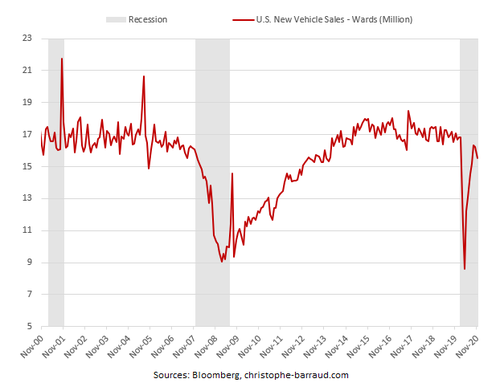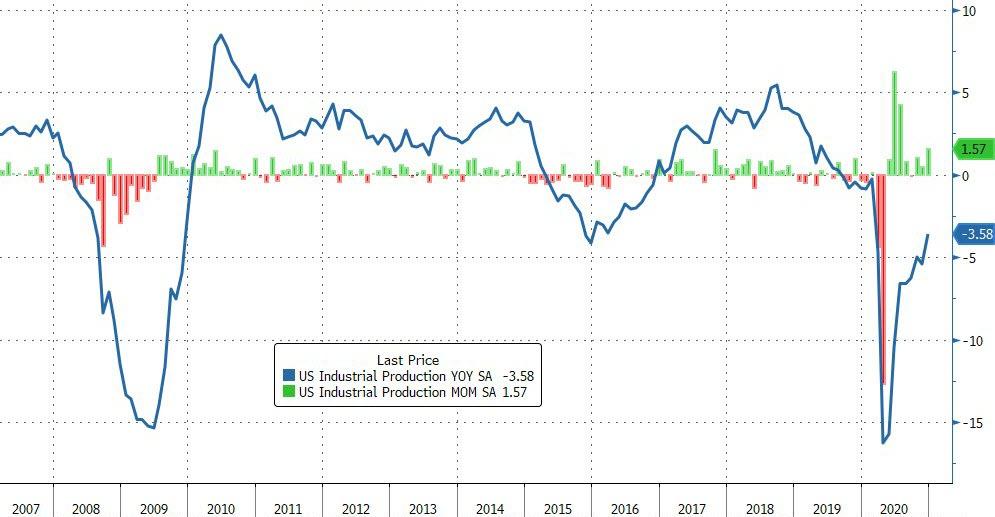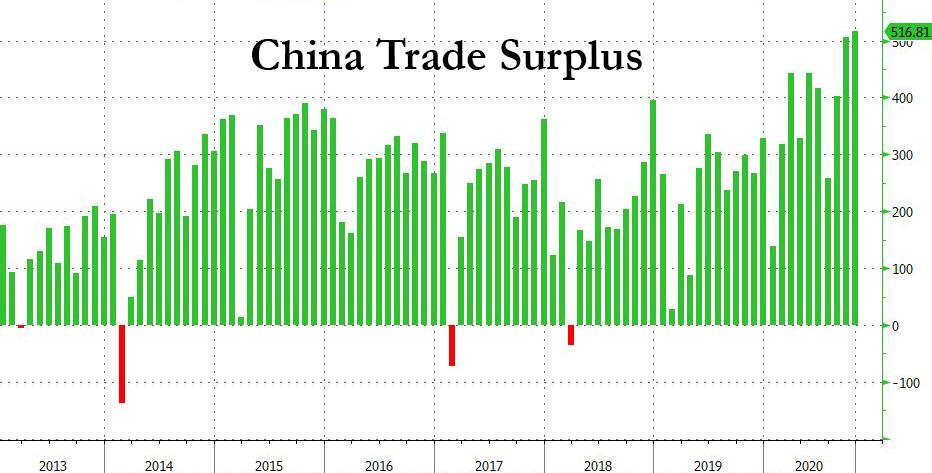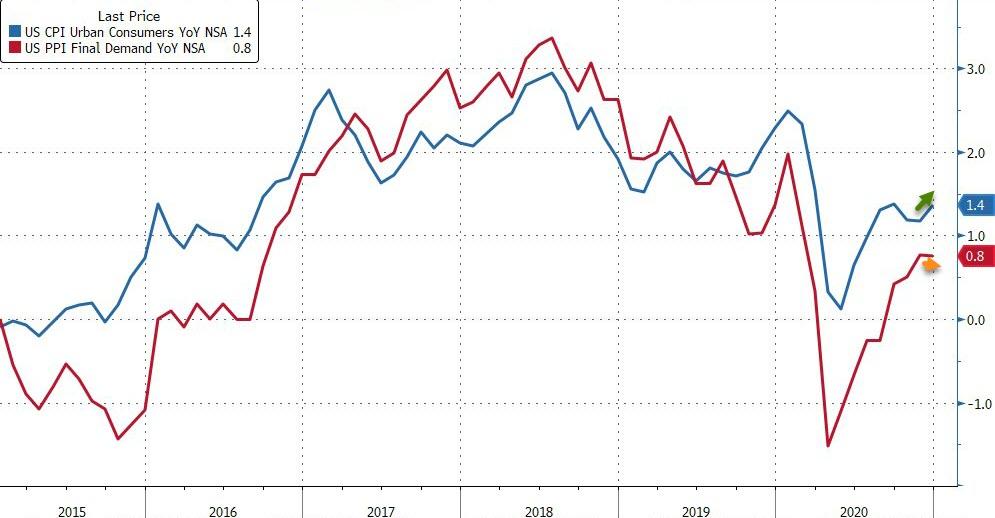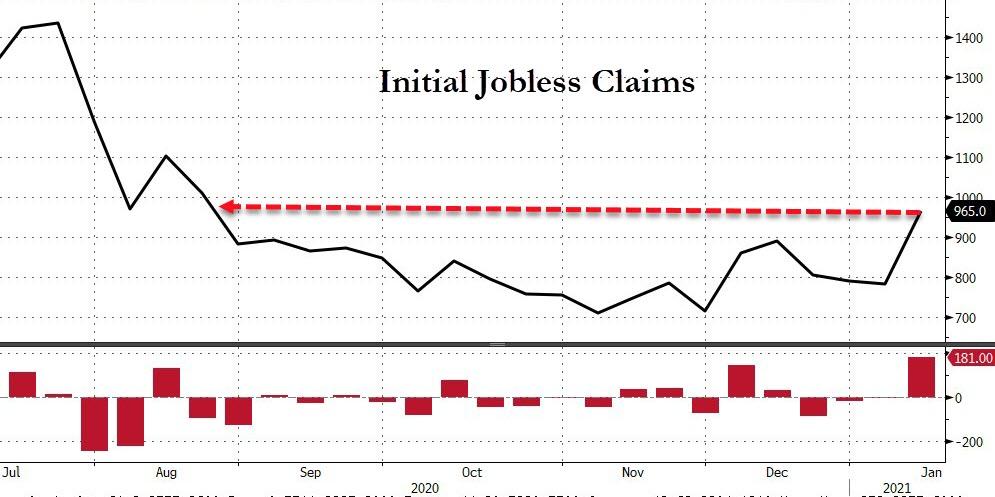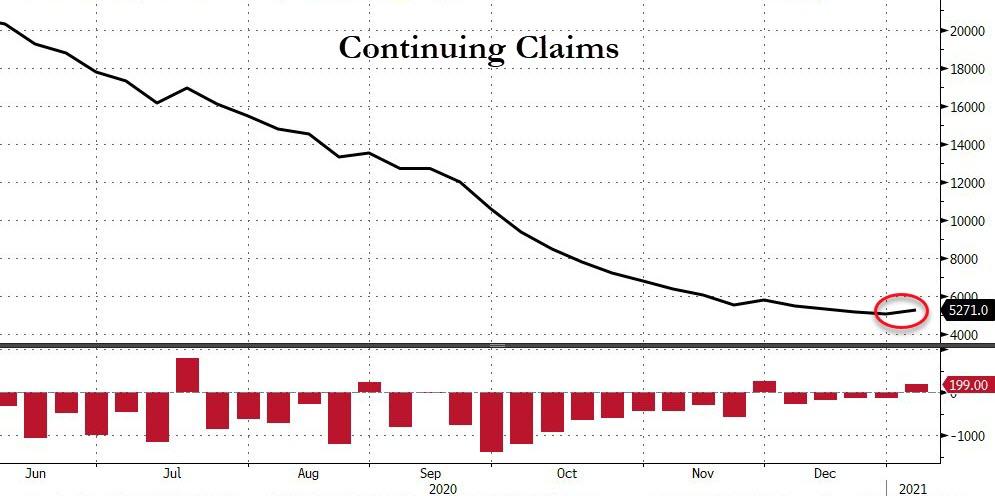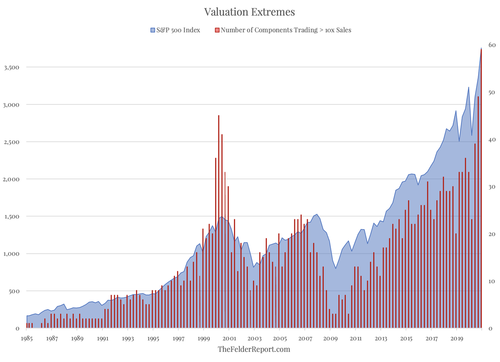Bayou Renaissance Man: Blue states vs red states - the economic difference is striking
Blue states vs red states - the economic difference is striking
Brandon Smith, whom we've met in these pages several times, points out the real impact of politics on the people in an economic comparison of blue versus red states.
There's more at the link.
It's a very serious concern that tax-and-spend progressive liberals now control the US government. I guarantee you that they're going to try to do as Brandon Smith predicts. (Nancy Pelosi tried, but failed, to do exactly that with her so-called "stimulus" packages last year.) Since the Democratic Party now controls Congress, the Senate and the Presidency, there's a very good chance they'll succeed. That might be the final nail in the coffin of the already debt-laden US economy, overloading it with a burden so great that it collapses under the strain.
I'm preparing a series of articles about inflation and the threat ahead. It's growing worse by the day, and I believe we may be facing a very serious economic headwind as a result. If we are, decades of tax-and-spend politics (which occurred, let's be honest, on both sides of the political aisle) will be at the root of it.
Peter
Posted by Peter at 1/19/2021 09:04:00 AM
Blue states vs red states - the economic difference is striking
Brandon Smith, whom we've met in these pages several times, points out the real impact of politics on the people in an economic comparison of blue versus red states.
Blue state economies are dying because they are oppressive and this stifles trade and business.
. . .
According to the U.S. Postal Service, New York City alone saw over 300,000 residents pick up everything and leave from March to October. This is an unprecedented spike, an exodus the likes of which New York has not seen in a long time.
On the other side of the country, California is witnessing its own exodus, and it started well before the pandemic struck. In 2019, California saw over 653,000 residents escape the state’s suffocating bureaucracy and high taxes. In 2020, the state has hit its lowest population growth rate in history, even after accounting for babies born. More than 200,000 people left the state than moved in in the past year, and before anyone claims that these people are “liberals” invading red states, even the California media admits they are mostly conservatives seeking to escape the socialist sinkhole.
. . .
But what does this mean for leftist states in economic terms? First, a huge loss of tax revenue, and this is dangerous for blue states in particular. California was projecting a $5.6 billion surplus in January of last year, only to face a $54 billion deficit by August. The state’s net tax revenue fell by 42% from March to May year-over-year, far outpacing losses in the rest of the country. Democratic Gov. Gavin Newsom begged Congress for $14 billion in federal aid, claiming that the government has a “moral and ethical obligation to help the states”.
And this seems to be exactly how states like California are surviving, by stealing tax dollars from people in other states that have been more responsible in caring for their economies.
. . .
What leftist cheerleaders often refuse to mention is the deep and insidious debt problems and deficits blue states suffer from. Looking at a list of the most indebted states in the U.S. in terms of total assets and liabilities, you will find that the vast majority of them are Democrat controlled.
Furthermore, blue states tend to have the highest levels of unfunded pension liabilities. In other words, their public pension obligations are only partially funded and are suffering a net loss ... Red states top the list in terms of the best funded pensions and the lowest debt per capita.
These debts are caused by irresponsible spending policies and endless socialist welfare measures, and as with most socialist systems, they always end up spending more money than they can bring in. They also end up wasting money more than they effectively spend money. This translates to much higher taxes, as blue states refuse to admit policy errors and fix their mistakes. Instead, they punish the citizenry with increased taxation. A list of the highest personal income taxes across the country is dominated by blue states.
Blue states like Illinois also stack the list of highest property taxes.
. . .
This dynamic has led to red states outperforming blue states across the board in terms of economic recovery. Job recovery in red states far outpaces blue states, along with recovery in GDP. As a result, a call has been rising for a “Blue State Bailout”, and with Biden ostensibly entering the White House they may very well get what they are asking for.
The problem is, the amount of bailout money that would satiate the hunger of blue states would have to be in the multi-trillions. As more and more people and businesses leave these places for more free states, it’s inevitable that tax revenues will dry up. And, as leftists raise taxes to cover the deficit even more people will relocate. It is a vicious cycle that will lead to complete dependency on federal dollars for blue states to survive.
. . .
It is also important to consider at a fundamental level the types of people that make up the populations of red states versus blue states. Blue states have built a culture of dependency and the majority of leftists have no useful skill sets that would allow them to adapt to an economic crisis. Meanwhile, red state culture encourages independence, self-reliance and productivity.
The most likely reaction among blue states or the federal government under Biden will be to try to “redistribute” the wealth and stability from red states to blue states.
. . .
There could also be an attempt to stop people from moving away from blue states entirely. We have already seen a beta test for this in California, where legislators are attempting to pass a bill which would legally require former residents to continue paying taxes to the state for years after they leave.
Of course, this would lead to severe resistance from conservatives, but that is a discussion for another time. The bottom line is this: the economic and pandemic policies of blue states have failed miserably. Their only option is to see the error of their ways, become fiscally responsible and remove totalitarian lockdown measures, or, attempt to leech success from the red states like parasites. Which one do you think they will choose?
There's more at the link.
It's a very serious concern that tax-and-spend progressive liberals now control the US government. I guarantee you that they're going to try to do as Brandon Smith predicts. (Nancy Pelosi tried, but failed, to do exactly that with her so-called "stimulus" packages last year.) Since the Democratic Party now controls Congress, the Senate and the Presidency, there's a very good chance they'll succeed. That might be the final nail in the coffin of the already debt-laden US economy, overloading it with a burden so great that it collapses under the strain.
I'm preparing a series of articles about inflation and the threat ahead. It's growing worse by the day, and I believe we may be facing a very serious economic headwind as a result. If we are, decades of tax-and-spend politics (which occurred, let's be honest, on both sides of the political aisle) will be at the root of it.
Peter
Posted by Peter at 1/19/2021 09:04:00 AM

![By 95 b-body ss [CC BY-SA 3.0 (https://creativecommons.org/licenses/by-sa/3.0)], from Wikimedia Commons By 95 b-body ss [CC BY-SA 3.0 (https://creativecommons.org/licenses/by-sa/3.0)], from Wikimedia Commons](https://thegreatrecession.info/blog/wp-content/uploads/Closed_mall_shops-500x375.jpg)

